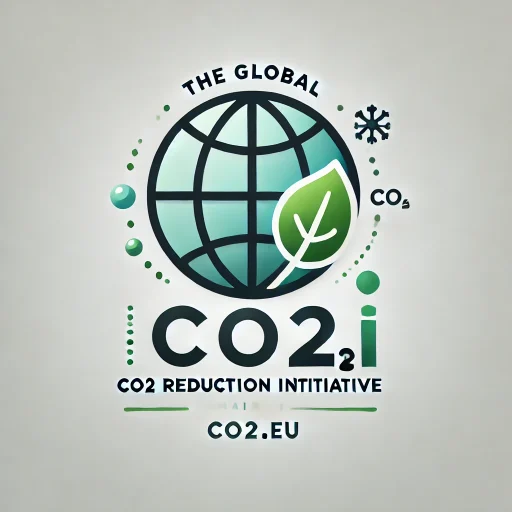Advancements in Carbon Reduction Activities in Europe
This report provides an overview of the recent advancements in carbon reduction activities in Europe, announced between October 7, 2024, and October 13, 2024. The information is compiled from credible sources and aims to present an objective analysis of the developments.
1. European Union’s New Climate Target
On February 6, 2024, the European Commission announced a new climate target aimed at reducing the European Union’s greenhouse gas emissions by 90% by 2040, from 1990 levels. This target aligns with the recommendations of the European Scientific Advisory Board on Climate Change and serves as an intermediary step towards achieving net-zero emissions by 2050.
The target emphasizes the need for each EU country to strengthen its national climate plans and swiftly implement them. The EU is encouraged to move away from fossil fuels and cannot rely solely on carbon sinks like forests to decarbonize its heaviest emitting sectors.
Source: World Resources Institute
2. Carbon Removals and Carbon Farming Certification
On April 10, 2024, the European Parliament adopted the Carbon Removals and Carbon Farming (CRCF) Regulation. This regulation establishes the first EU-wide voluntary framework for certifying carbon removals, carbon farming, and carbon storage in products across Europe. The CRCF Regulation aims to facilitate investment in innovative carbon removal technologies and sustainable carbon farming solutions while addressing greenwashing.
Carbon farming practices that enhance carbon sequestration and storage in forests and soils are rewarded, complementing farmers’ income. By 2026, the Commission will assess whether to expand the scope of carbon farming to include greenhouse gas emission reductions from livestock activities.
Source: European Commission
3. Industrial Carbon Management Strategy
The European Commission adopted the Industrial Carbon Management (ICM) Strategy in February 2024. This strategy addresses all parts of the CO2 value chain, including deploying transport infrastructure, boosting carbon capture and storage, supporting carbon removals, and fostering carbon utilization. The strategy aims to establish a European single market for CO2 and supports industrial carbon management projects across Europe.
The EU’s Innovation Fund, one of the world’s largest funding programs for net-zero and low-carbon technologies, supports 26 industrial carbon management projects, allocating a total of €3.3 billion since 2020.
Source: European Commission
4. Emissions Trading System (ETS) Reforms
The European Union has formally adopted a broad set of laws to implement the “Fit for 55” policy package, including a landmark reform of the EU Emissions Trading System (ETS). The reforms aim to achieve a 62% reduction in emissions in ETS sectors by 2030, compared to 2005 levels. This includes a one-off reduction to the EU-wide quantity of allowances and an annual reduction of allowances.
The Carbon Border Adjustment Mechanism (CBAM) will be phased in at the same speed that free allowances in the ETS are phased out, starting in 2026 and fully phased in by 2034.
Source: ICAP Carbon Action
Conclusion
The recent advancements in carbon reduction activities in Europe highlight the region’s commitment to achieving its climate targets. The new climate target, carbon removals certification, industrial carbon management strategy, and ETS reforms are significant steps towards reducing greenhouse gas emissions and achieving climate neutrality by 2050.

Recent Comments